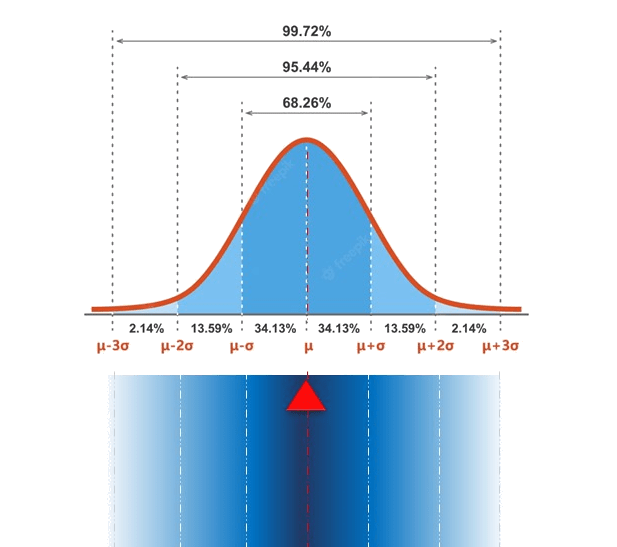High Accuracy GNSS
Tests under real conditions with assistance dataDEFINITION
A GNSS receiver assisted by correction/augmentation data is capable of converging to a few centimeters of accuracy.
Nevertheless, we designate a high accuracy service for measurements below one foot (33cm).
This performance depends on several conditions, including :
- Technologies of assistance services (PPP, PPP-RTK, RTK, NRTK,…);
- Density of fixed reference station networks;
- Number of GNSS frequency bands processed;
- Number of constellations supported by the used assistance service;
- Localization of receivers in reference to the station networks ;
- Model of GNSS Receivers ;
- Model of GNSS signal reception antennas ;
- Availability and quality of the telecommunication means to transmit the assistance data in real time ;
- …

Figure 1 – Assessment of high accuracy GNSS performance (hypergeolocation)
performance CRITERIA
Static position accuracy is often the first characteristic put forward to define a receiver or an assistance service. However, other criteria are often much more decisive for the proper functioning of a given application, such as :
- Accuracy in dynamic mode, i.e. in motion;
- Resilience to disturbances in the local environment: bridges, foliage, infrastructure (multipath),…;
- Convergence time toward high accuracy;
- Self-estimation of errors;
- Sensitivity to telecommunication network hazards
- …
MEANS OF METROLOGY
The measurement methods applied, to be useful, must be perfectly representative of use conditions. All the relevant elements (GNSS environment, assistance service, antenna, receiver, …) must be gathered to achieve reliable results.
The ground truth must be consolidated with a reference instrumentation able to maintain the accuracy of the true trajectory followed by the antenna used in the tests.
Components of the reference instrumentation:
- Fixed station;
- Professional GNSS receiver and antenna;
- Inertial unit (angular measurements of the attitude<<0.1°);
- Odometer for data collection campaigns in constrained environments;
- Post-processing tools for GNSS (PPK) and inertial measurements;
-
…
This reference instrumentation then determines the quality of the results. Its measurements are assumed to be exact, modulo the duly estimated uncertainties, and are compared with those of the test objects.
GUIDE is accredited** for its competence in the use of this instrumentation and the implementation of its methods. In particular, GUIDE guarantees the accuracy of the reference trajectories established and justifies the calculation of related measurement uncertainties.



